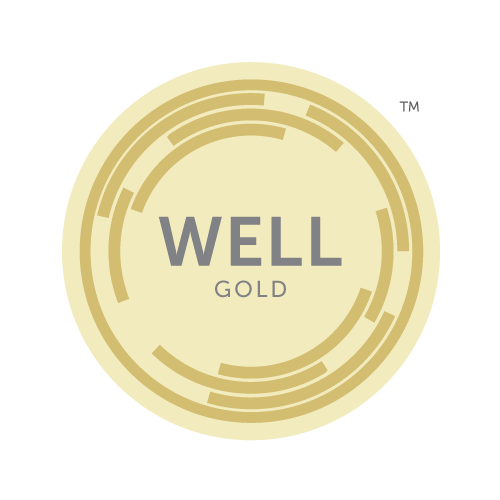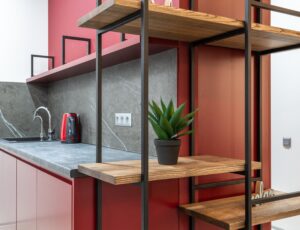In the CRE industry, WELL programs are gaining traction. In 2022, there was a fourfold increase over 18 months with the enrollment of spaces under WELL programs. As landlords seek to differentiate themselves through enhanced health and wellness offerings, WELL can provide a streamlined and third-party verified measure of impact. However, as the amount of wellness certifications on the market increase, it can be difficult to determine which one is ideal for your organization. Below, we break down the difference between WELL Certification and Ratings.
WELL Certification
WELL Certification, developed by the IWBI, advances health and well-being through applying strategies across 10 concepts:
Air

Water
Nourishment
Light
Movement
Thermal Comfort
Sound
Materials
Mind
Community
These 10 concepts are reflected in the WELL Building Standard, which contains over 100 features. WELL Certification advances and optimizes design interventions, and operational protocols and policies. The most comprehensive wellness certification on the market, WELL Certification is third-party certified by the GBCI, which also oversees the popular LEED Certification. In 2022, our Corporate Sustainability team worked closely with our client to achieve WELL Certification at the largest office complex in Canada. As of 2023, the GBCI also offers WELL and LEED alignment documents, which allow projects to achieve both certifications with slightly reduced effort.
WELL Ratings
WELL Ratings are lite programs that are less comprehensive than full WELL Certification. As a result, they are often easier to achieve, and require less investment. However, achieving WELL Ratings can often make it easier to go for Certification, if a project chooses to do so in the future.
WELL Health-Safety Rating (HSR)
WELL HSR was developed to meet the highest standards of health and safety under COVID. With a heavy focus on maintenance, engagement and continuity, and safety preparedness, HSR has been highly adopted in the North American CRE market. As a rating, WELL HSR has limited ongoing requirements and does not require on-site testing – making it an approachable solution for projects looking to encourage tenants back into the office. Over the last 3 years, our Corporate Sustainability team helped a client achieve HSR at 29 office properties across Canada, as well as managed the renewal process.
WELL Performance Rating
WELL Performance Rating enhances indoor environmental quality, by measuring and benchmarking IEQ conditions. Seen as a way for projects to maintain air and water quality, along with other occupant experience areas in a post-COVID world, the Performance Rating also encourages the use of sensors and other continuous monitoring techniques.
WELL Equity Rating
A newer Rating, the Equity Rating focuses on diversity, equity, and inclusion – promoting accessibility and reduced disparity when it comes to occupant experience in a space. Achievable for both organizations and spaces, the Equity Rating has been taken up by Canadian early adopters such as Ivanhoé Cambridge and Canderel Group.






